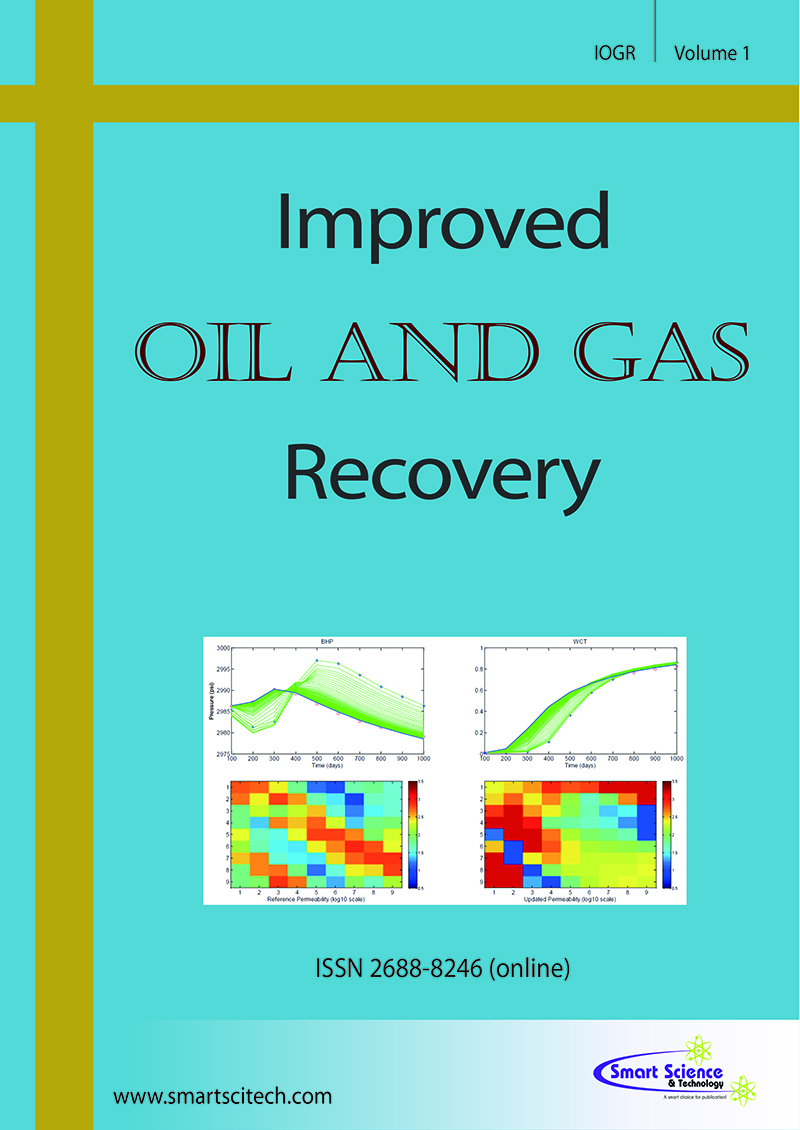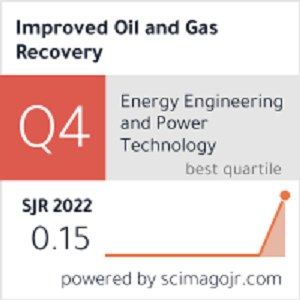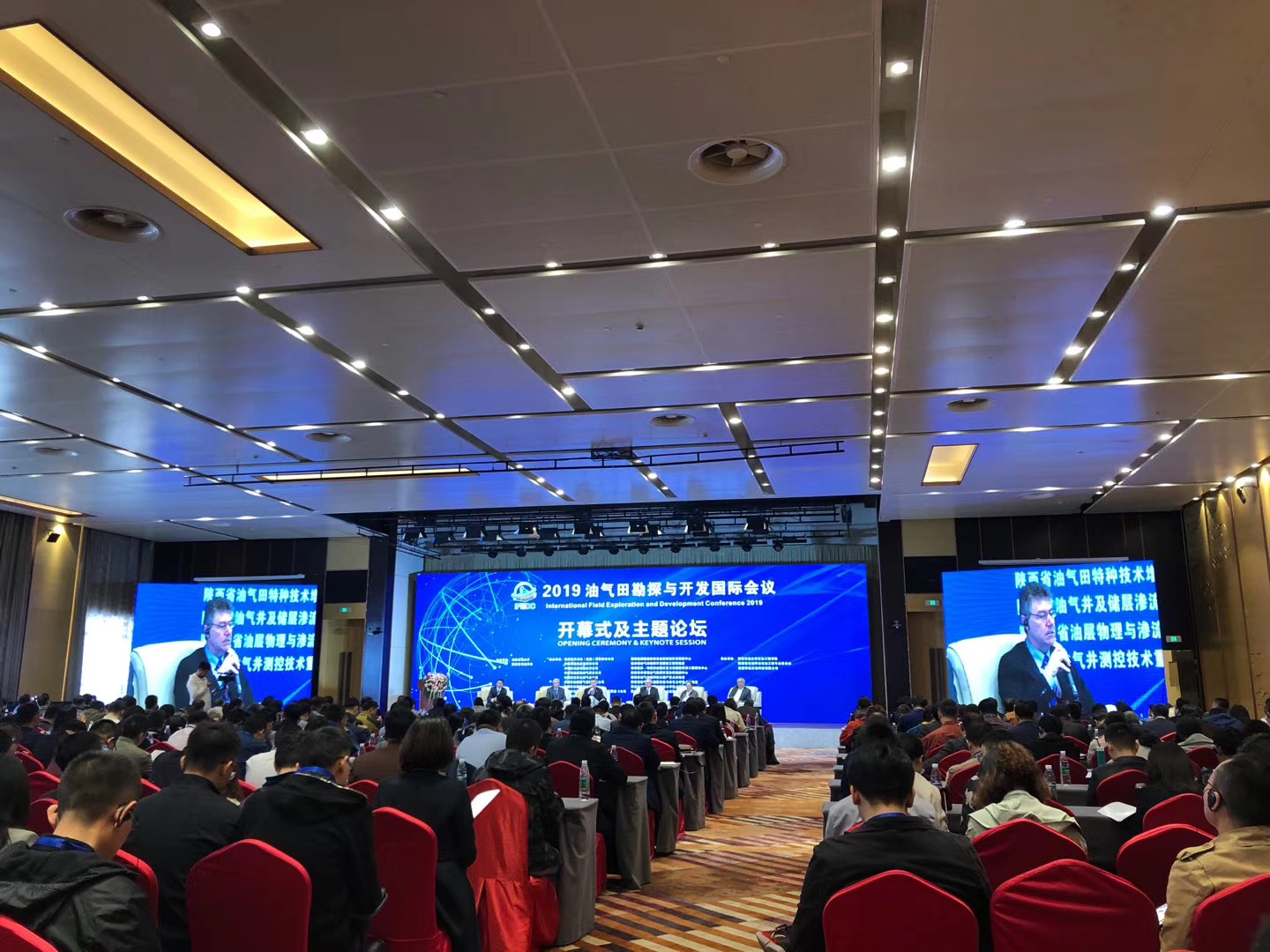Role of the Low Salinity Condensate Water during Steam Injection in Carbonate Reservoirs
DOI: 10.14800/IOGR.1229
Abstract
Numerous laboratory and pilot tests have verified low salinity waterflooding (LSWF) as a promising enhanced oil recovery (EOR) method in carbonate reservoirs. The multi-ion exchange (MIE) and anhydrite dissolution mechanisms are widely accepted mechanisms for the LSWF. This study investigates the effects of the low salinity condensed water (LSCW) and anhydrite dissolution on oil recovery during steam injection in carbonate reservoirs. The work has been verified using actual laboratory and production data of an existing cyclic steam injection project in carbonate reservoir.
Several core samples were extracted from the reservoir under study. The wettability index of two cores was measured. The first core was taken from Well-01 before starting any steam injection in its area. However, the second core was extracted from Well-02, which was drilled in the area affected by steam injection. The analysis of the production data of the 9 oil wells was performed to study the effect of anhydrite percentage on oil recovery.
The analysis showed that the LSCW could alter wettability in the direction of water wet. The analysis also concluded that although the anhydrite dissolution caused alteration of wettability, the increase of anhydrite percentage could cause a reduction in reservoir quality and oil production.
Downloads
Published
How to Cite
Issue
Section
License
Copyright (c) 2023 The Author(s)

This work is licensed under a Creative Commons Attribution 4.0 International License.












